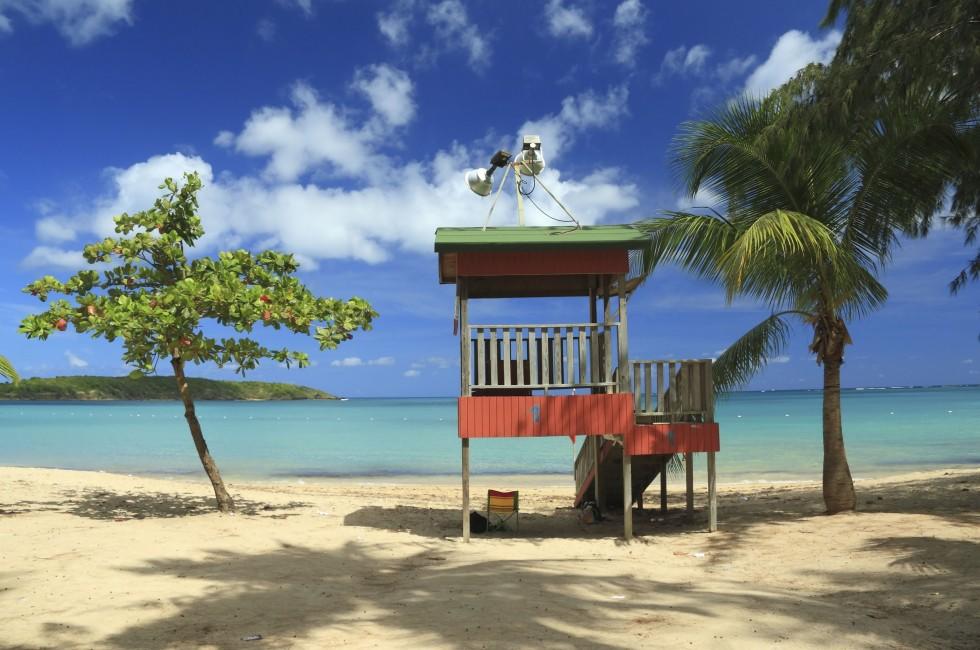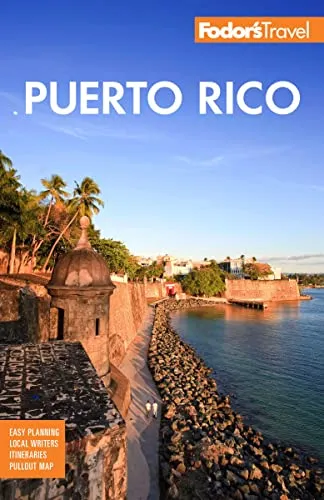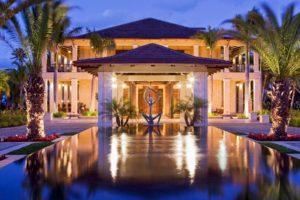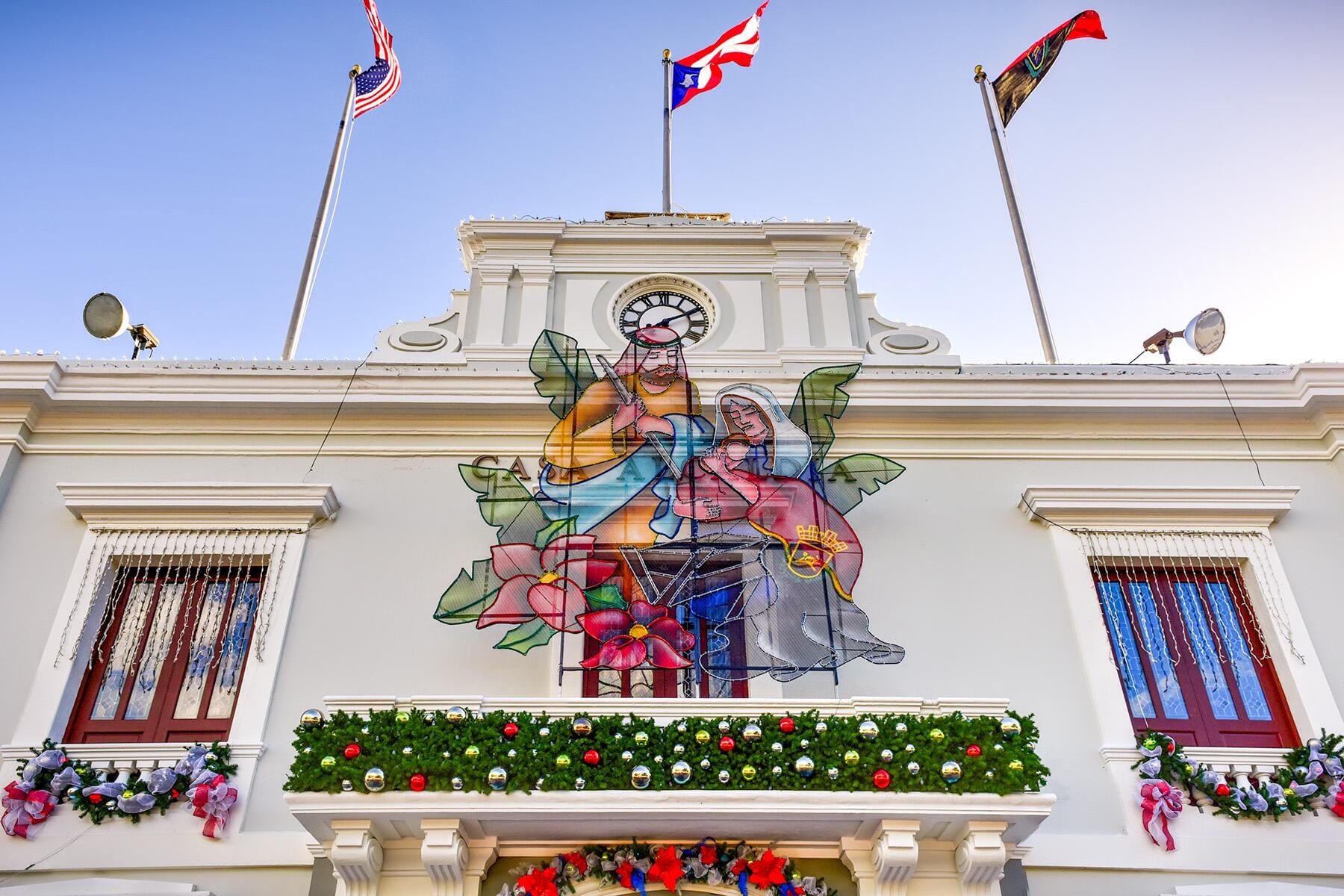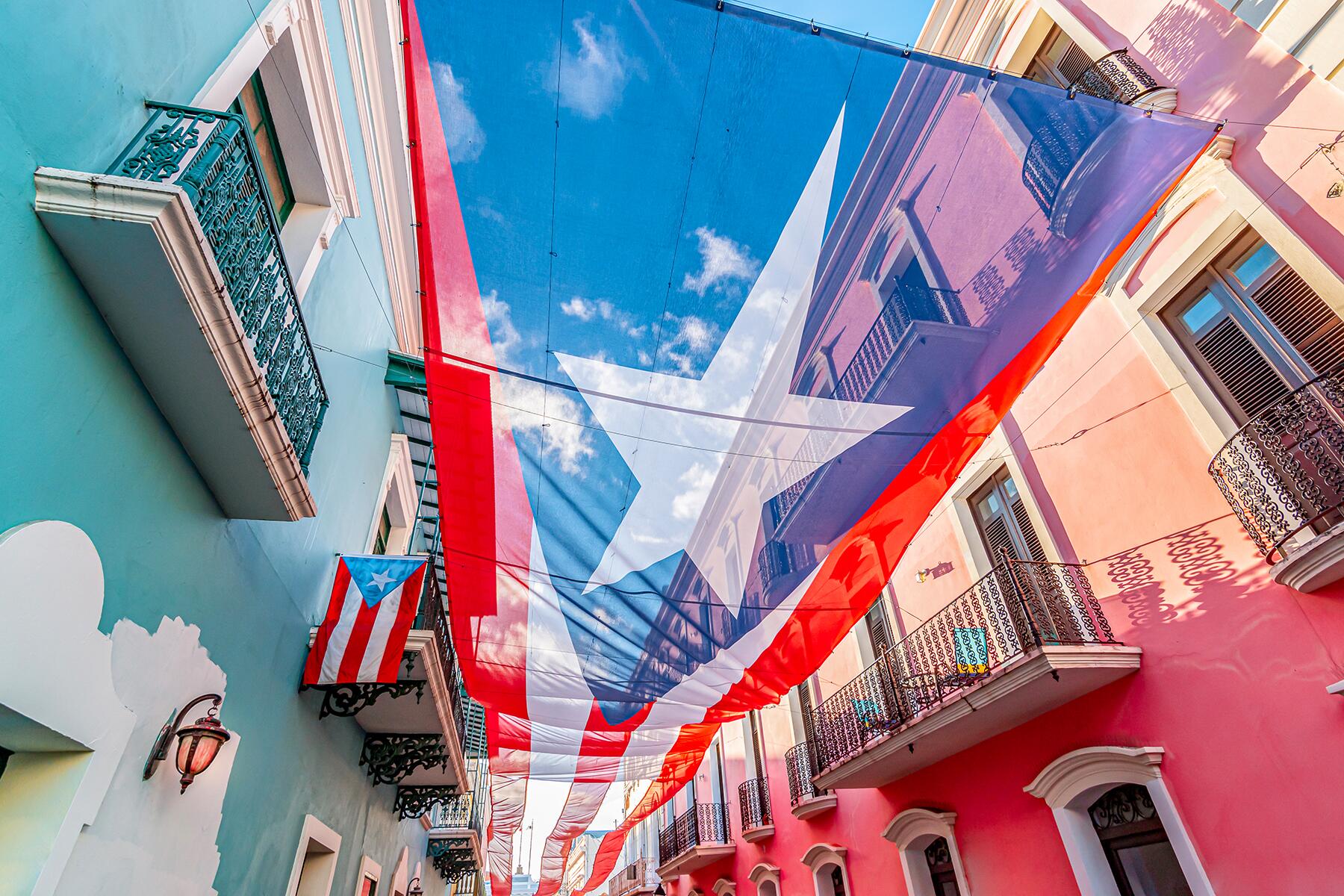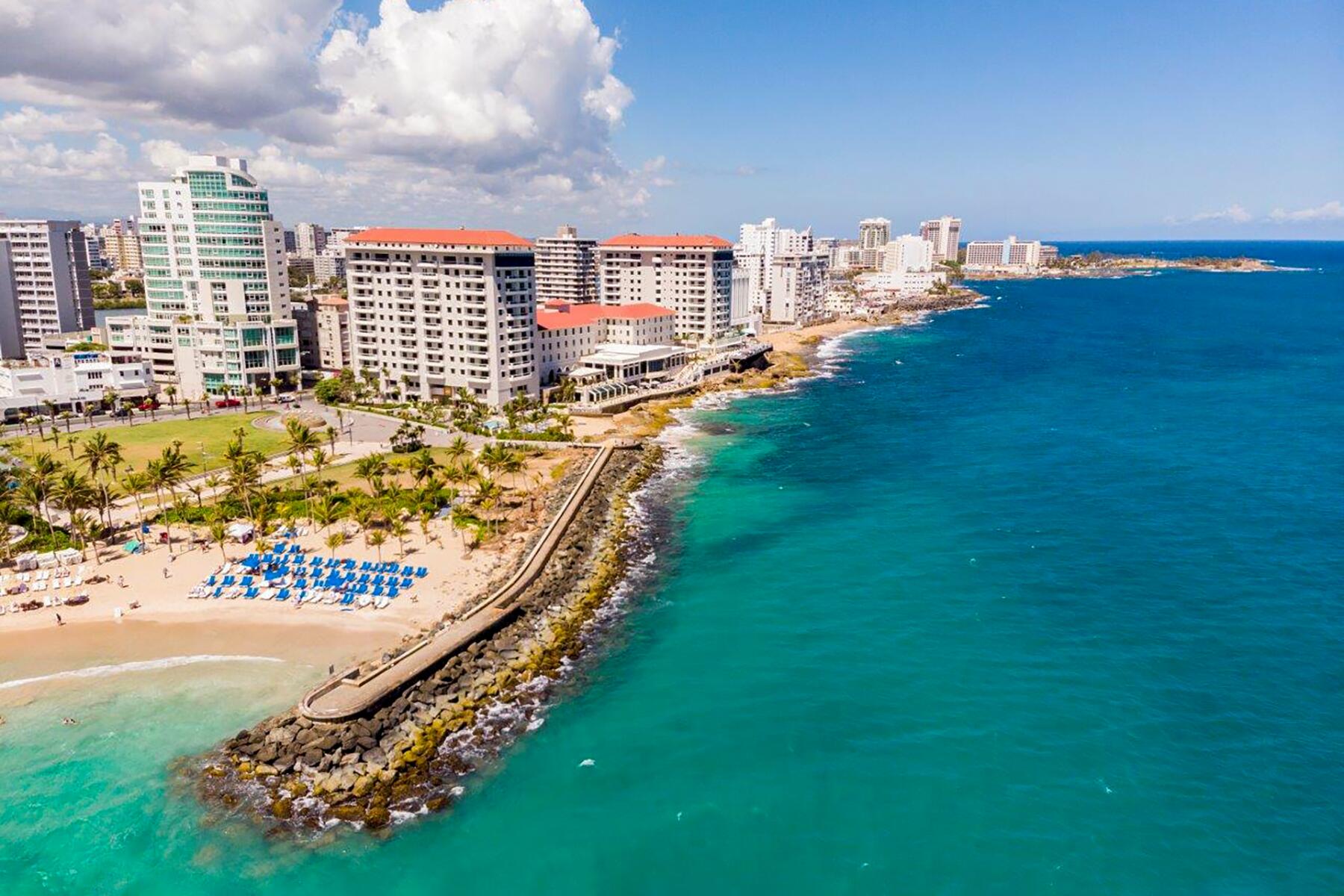El Yunque and the Northeast
El Yunque and the Northeast
Tree frogs, rare parrots, and wild horses only start the list of northeastern Puerto Rico's offerings. The backdrops for encounters with an array of flora and fauna include the 28,000 acres of El Yunque tropical rain forest, the seven ecosystems in the Reserva Natural Las Cabezas de San Juan, and Laguna Grande, where tiny sea creatures appear to light up the waters.
As the ocean bends around the northeastern coast, it laps onto beaches of soft sand and palm trees, crashes against high bluffs, and almost magically creates an amazing roster of ecosystems. The beautiful beaches at Luquillo are complemented by more rugged southeastern shores. Inland, green hills roll down toward plains that once held expanses of coconut trees, such as those still surrounding the town of Piñones, or su...
Read MoreTree frogs, rare parrots, and wild horses only start the list of northeastern Puerto Rico's offerings. The backdrops for encounters with an array of flora and fauna include the 28,000 acres of El Yunque tropical rain forest, the seven ecosystems in the Reserva Natural Las Cabezas de San Juan, and Laguna Grande, where tiny sea creatures appear to light up the waters.
As the ocean bends around the northeastern coast, it laps onto beaches of soft sand and palm trees, crashes against high bluffs, and almost magically creates an amazing roster of ecosystems. The beautiful beaches at Luquillo are complemented by more rugged southeastern shores. Inland, green hills roll down toward plains that once held expanses of coconut trees, such as those still surrounding the town of Piñones, or sugarcane, as evidenced by a few surviving plantations near Naguabo and Humacao.
The natural beauty and varied terrain continue in the area's other towns as well: Río Grande, which once attracted immigrants from Austria, Spain, and Italy; Naguabo, which overlooks what were once immense cane fields; and Cayo Santiago, where the only residents are monkeys.
You can golf, ride horses, hike marked trails, and plunge into water sports throughout the region. In many places, green hills cascade down to the ocean. On the edge of the Atlantic, Fajardo serves as a jumping-off point for diving, fishing, and catamaran excursions. Luquillo is the site of a family beach so well equipped that there are even facilities enabling wheelchair users to enter the sea.
The Northeastern Coast. As you head east from San Juan, you'll first come to Piñones and its popular open-air eateries. Next you'll come to Río Grande, which is the closest developed area to the rain forest and home to several restaurants and popular resorts, as well as long strips of pristine beach. Its closest neighbor is the region's magnificent natural wonder, El Yunque, a park you can explore in the air-conditioned comfort of a car in a matter of hours or hike in for days without seeing all the greenery, waterfalls, and views. Nearby in Luquillo, Balneario de Luquillo (Luquillo Beach) beckons. At the island's eastern end, the Reserva Natural Las Cabezas de San Juan and Fajardo are worth exploring.
The Eastern Coast. Be sure to check out the beautiful beaches and crystal-clear snorkeling before heading south to Naguabo. This town is said to be the birthplace of the pastelillo de chapín, a popular dish that consists of trunkfish wrapped inside deep-fried flour dough. Farther south and west is Humacao, home of the island's exceptional Wyndham Candelero Beach Resort.
